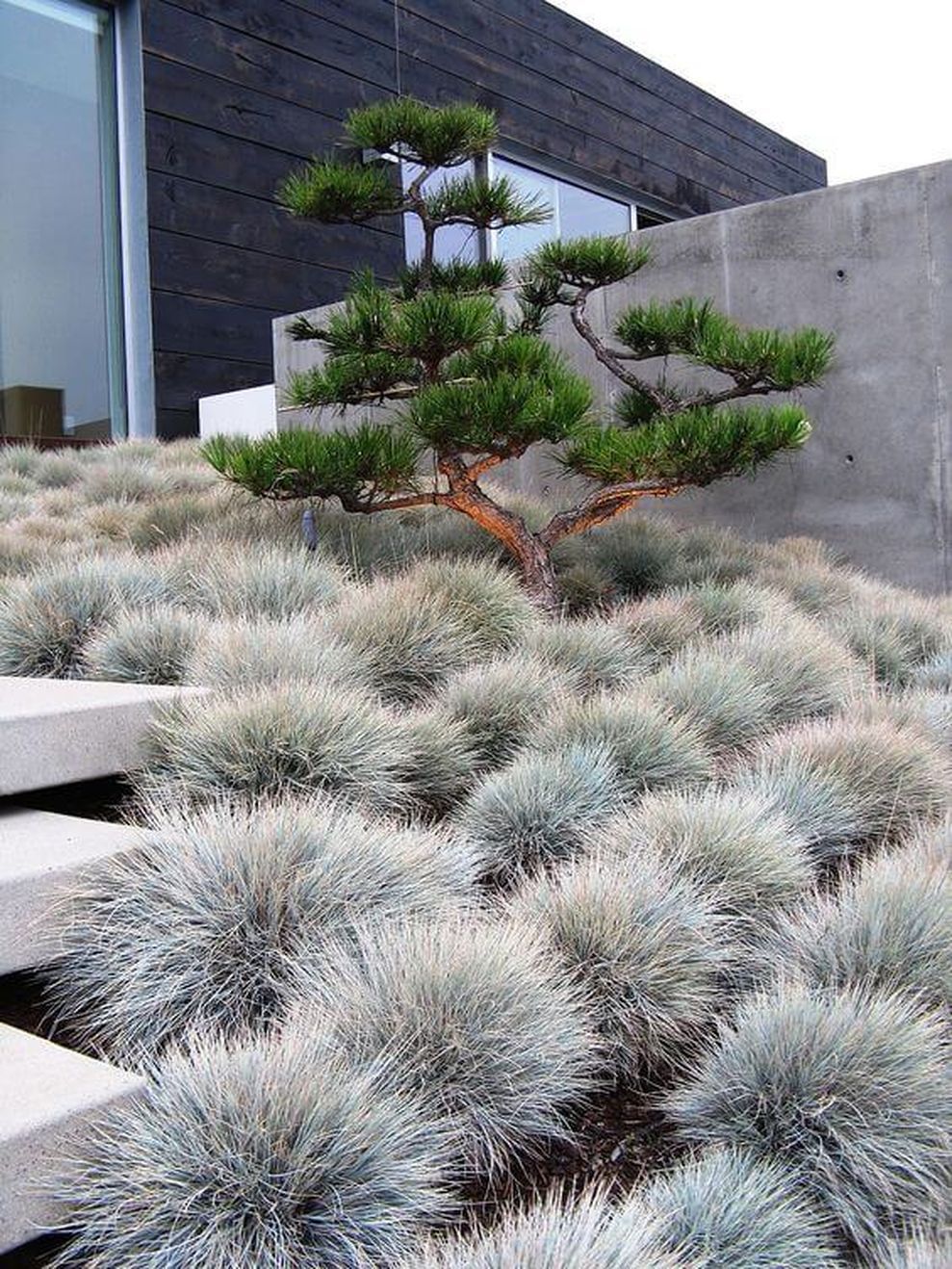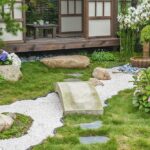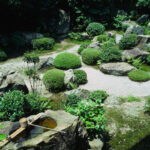Japanese garden design is known for its simplicity, tranquility, and attention to detail. These gardens have been influenced by Zen Buddhism, and they typically feature elements such as rocks, water, plants, and paths. Each element in a Japanese garden is carefully chosen and placed to create a harmonious and balanced space that promotes relaxation and contemplation.
One key feature of Japanese garden design is the use of rocks. Rocks are considered to be the bones of the garden, and they are often positioned in groups or individually to represent mountains or islands. The placement of rocks in a Japanese garden is done with great care, and they are often placed in such a way that they appear to be naturally occurring. Rocks are also used to create boundaries or to mark transitions within the garden.
Water is another important element in Japanese garden design. Water is often represented by ponds, streams, or waterfalls, and it is used to create a sense of tranquility and serenity. Water is also believed to have a purifying effect, and it is often used as a focal point in Japanese gardens. In some cases, water features are accompanied by bridges, which symbolize the crossing from the mundane world to the spiritual realm.
Plants play a crucial role in Japanese garden design, and they are carefully selected to create a sense of harmony and balance. In traditional Japanese gardens, plants are often arranged in a way that mimics the natural landscape, with taller plants placed at the back and shorter plants at the front. Trees and shrubs are also often pruned and shaped to create a sense of order and balance in the garden.
Paths are an important feature in Japanese garden design, as they help to guide visitors through the space and encourage a slow and contemplative pace. Paths in Japanese gardens are often made from natural materials such as gravel, stepping stones, or wood, and they are designed to meander through the garden and offer unexpected views and experiences. Pathways in Japanese gardens are also often designed to create a sense of mystery and discovery, with winding paths and hidden corners.
Overall, Japanese garden design is characterized by its simplicity, balance, and attention to detail. These gardens are designed to be spaces of contemplation and relaxation, where visitors can escape the stresses of everyday life and connect with nature. Whether large or small, traditional or modern, Japanese gardens offer a peaceful and harmonious retreat for those looking to find a moment of serenity in a hectic world.
















